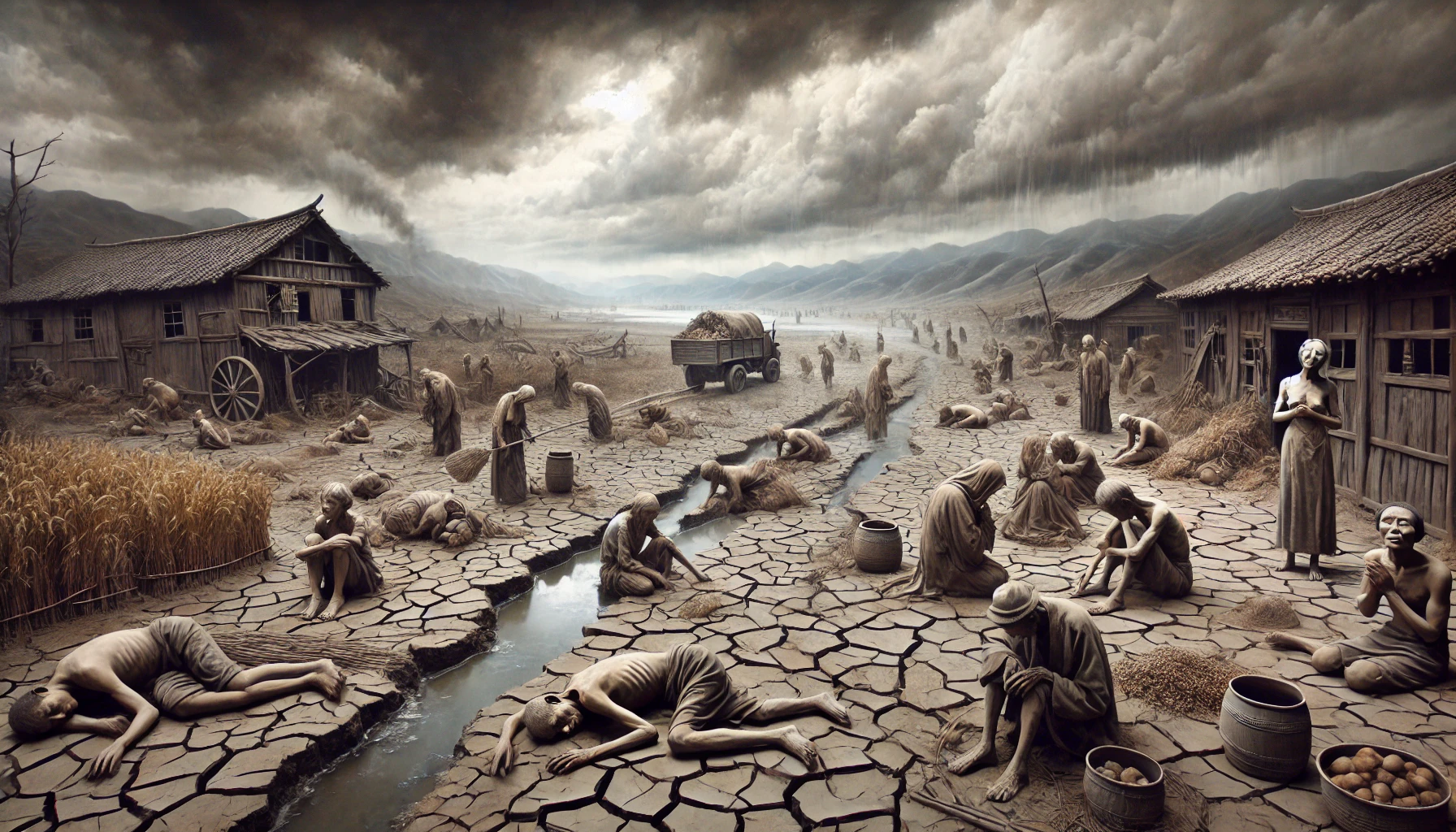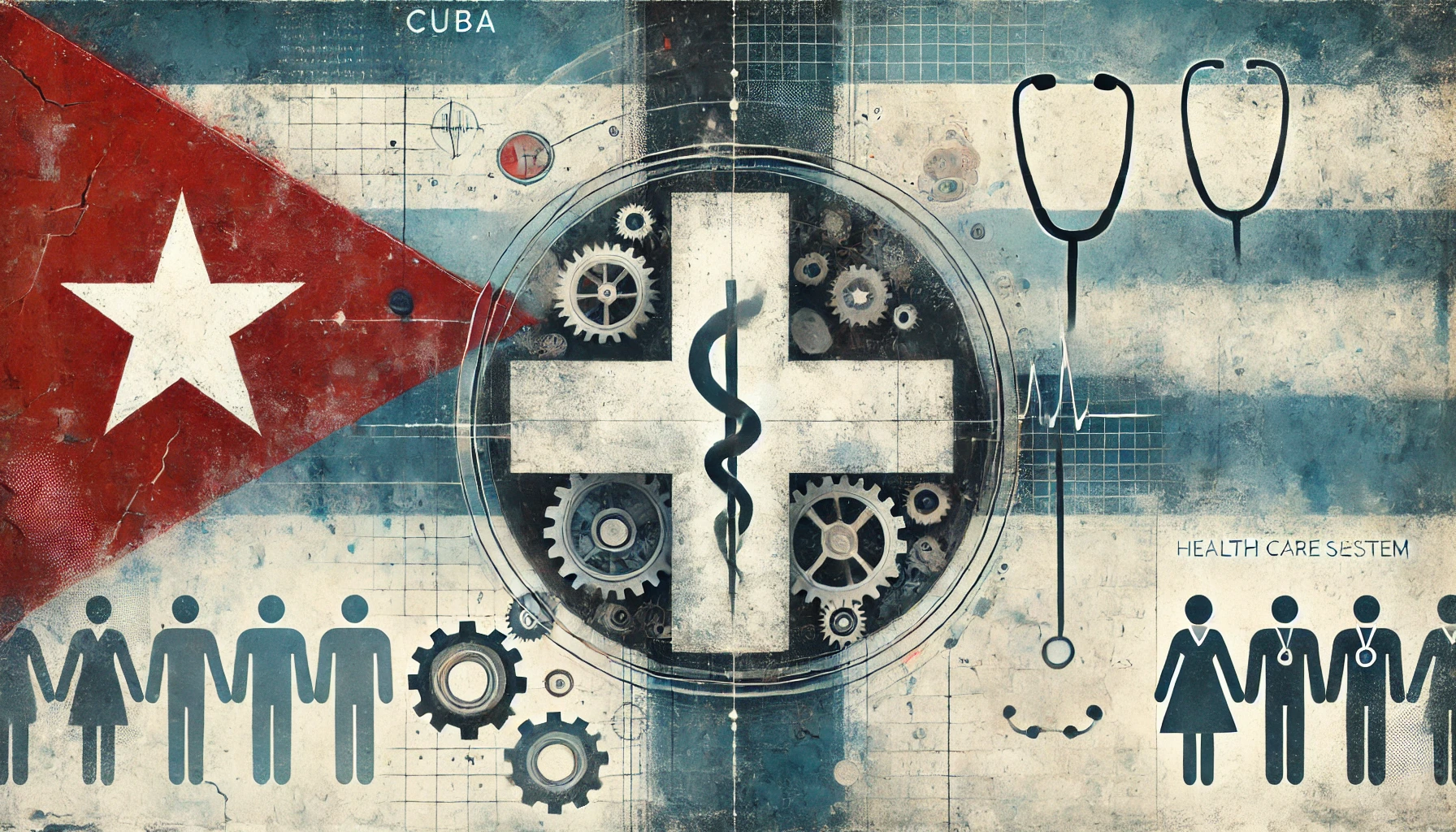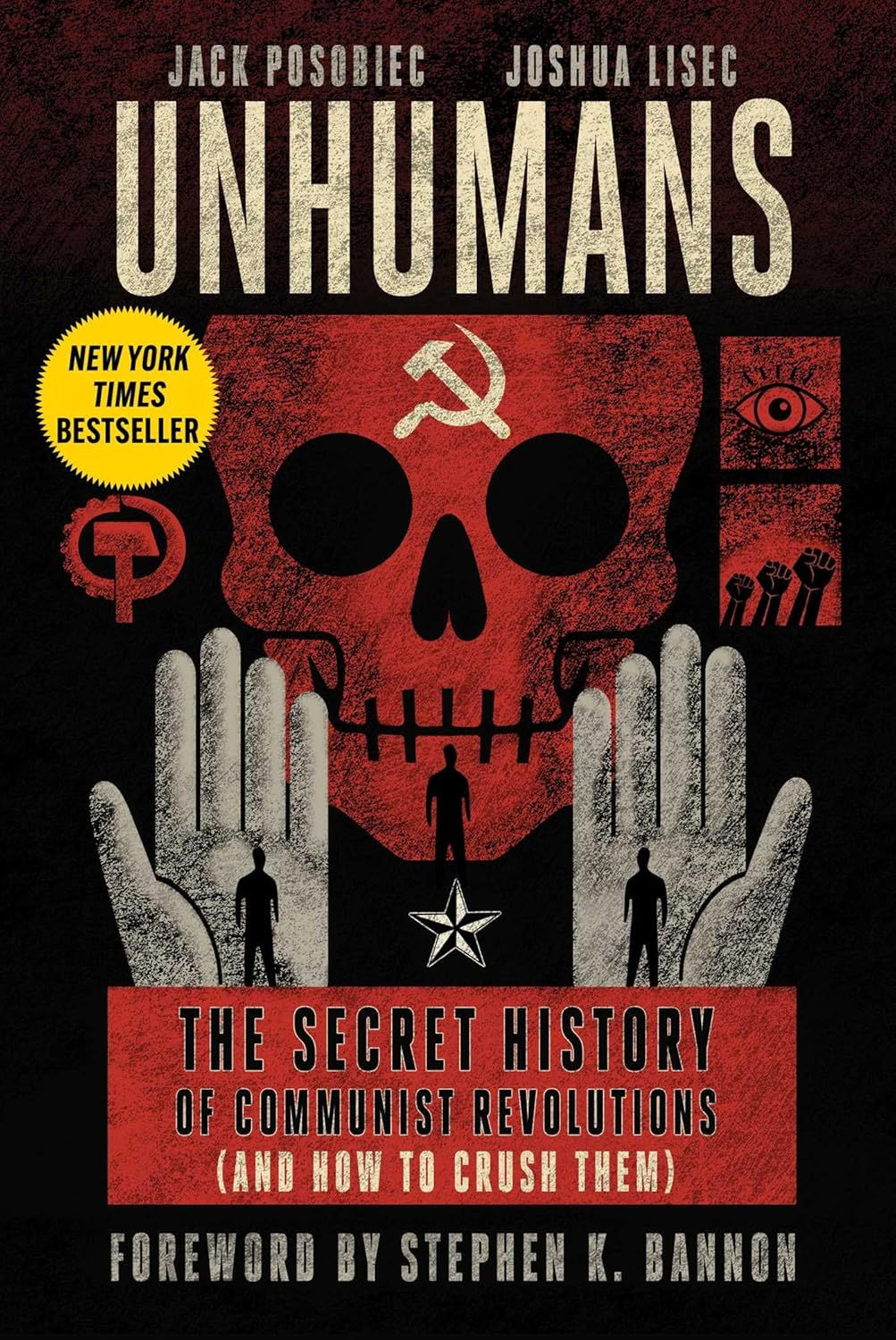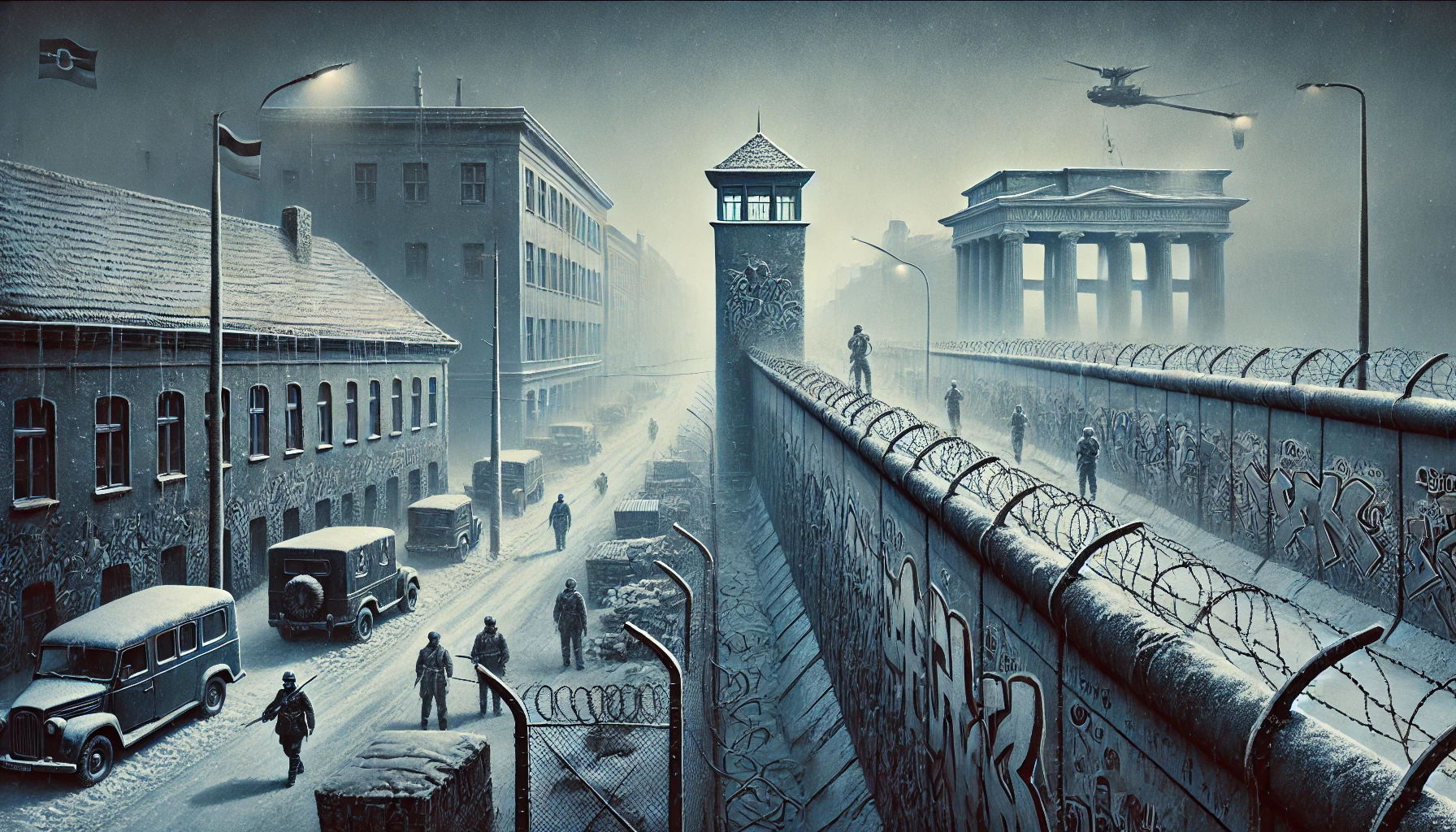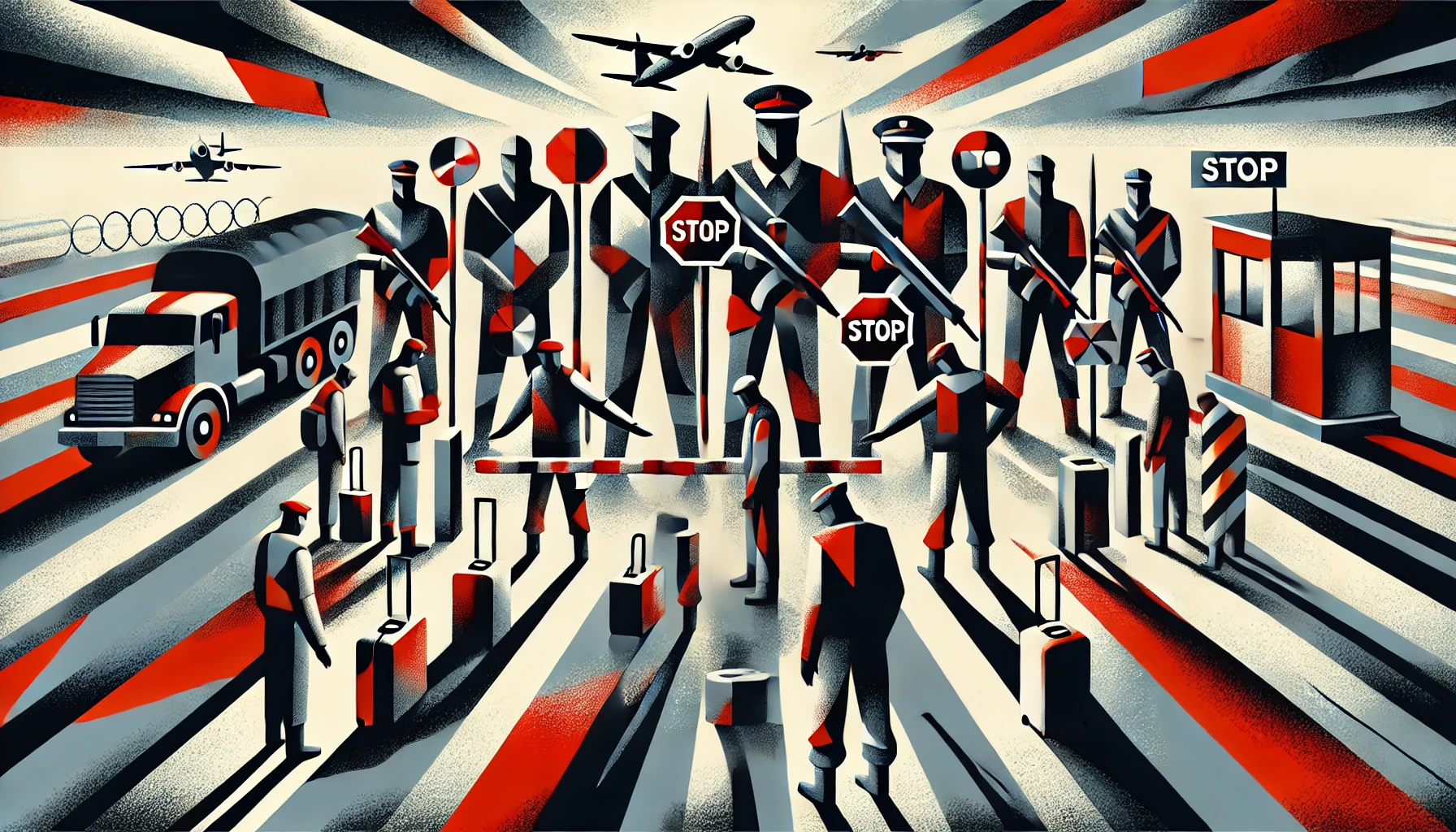Here is a comprehensive historical analysis of the Great Chinese Famine of 1959-1961:
The Great Chinese Famine (1959-1961)
Overview
The Great Chinese Famine was a period of widespread famine in the People’s Republic of China from 1959 to 1961. It is widely regarded as the deadliest famine and one of the greatest man-made disasters in human history, with an estimated death toll due to starvation that ranges in the tens of millions.[1]
The famine was caused by a combination of radical agricultural policies, widespread mismanagement, natural disasters, and the pursuit of rapid industrialization in the Great Leap Forward.[2] During this period, there was a significant decline in grain production and food availability. Government procurement of grain for cities and exports during the famine exacerbated starvation in the countryside, where the bulk of the population lived.
Historical Background
In 1958, the Chinese Communist Party launched the Great Leap Forward campaign under the leadership of Mao Zedong. The campaign aimed to rapidly transform China from an agrarian economy into a modern communist society through the process of collectivization, agricultural modernization, and rapid industrialization.
A key component of the Great Leap Forward was the establishment of people’s communes, which were massive collective units that abolished private farming and put agricultural and industrial production under government control.[3] By the end of 1958, approximately 25,000 communes had been set up, each with an average of 5,000 households.
Causes of the Famine
Several factors contributed to the onset and severity of the Great Chinese Famine:
- Radical agricultural policies: The Great Leap Forward introduced a series of radical changes in agricultural practices, such as deep plowing, close planting, and the large-scale construction of irrigation works. These policies were often poorly planned and executed, leading to decreased grain yields.[4]
- Misreporting of grain production: Local officials, under pressure to meet unrealistic production quotas, often exaggerated grain yields. This led to a false perception of abundance and the continuation of harmful policies.[5]
- Diversion of labor: The drive for rapid industrialization led to the diversion of a significant portion of the rural labor force from agriculture to construction projects and the production of backyard steel. This reduced the available manpower for farming.[6]
- Natural disasters: China experienced a series of natural disasters during this period, including droughts and floods, which further exacerbated the food shortage.[7]
- Government response: The Chinese government initially downplayed the severity of the famine and continued to export grain to maintain its international image. Food distribution prioritized urban populations and industrial workers over rural areas.[8]
Consequences and Death Toll
The Great Chinese Famine had devastating consequences for the Chinese population. Estimates of the death toll vary widely due to the lack of reliable data and government censorship. Research by Yang Jisheng, a Chinese journalist who spent over a decade investigating the famine, suggests that the number of excess deaths was at least 36 million.[9] Other scholars, such as Yu Xiguang, estimate the death toll to be as high as 55 million.[10]
In addition to the staggering loss of life, the famine had long-lasting social, economic, and demographic impacts. Many survivors suffered from chronic health issues, stunted growth, and reduced cognitive abilities.[11] The famine also led to a significant decline in birth rates and a gender imbalance, as female infants and elderly women were more likely to die or be neglected during the crisis.[12]
Personal Accounts and Survivor Testimonies
Personal accounts and survivor testimonies provide harrowing insights into the human toll of the Great Chinese Famine. In his book “Tombstone,” Yang Jisheng collected numerous first-hand accounts from famine survivors. One such account from a farmer named Wang Ziyou reads:
“People died in the family and they didn’t bury the person because they could still collect their rations; they kept the bodies in bed and covered them up and the corpses were eaten by mice. People ate corpses and fought for the bodies. In Gansu they killed outsiders; people told me strangers passed through and they killed and ate them. And they ate their own children.”[13]
Another survivor, Zhu Erge, recounted the desperate measures people took to survive:
“We ate whatever there was to eat, even grass roots and tree bark. We ate the leaves from the sweet potato vines, we ate corn stalks. You could see people everywhere eating things like that.”[14]
These personal accounts shed light on the immense suffering endured by the Chinese people during the famine and serve as a haunting reminder of the human cost of misguided policies and government mismanagement.
Legacy and Historical Significance
The Great Chinese Famine remains a sensitive topic in China, and open discussion about its causes and consequences is still limited. For decades, the Chinese government downplayed the severity of the famine and attributed the deaths to natural disasters.[15]
In recent years, there has been a growing body of research and literature on the Great Chinese Famine, both within China and internationally. Scholars have sought to uncover the full extent of the famine, analyze its causes, and explore its lasting impact on Chinese society.
The famine has also had significant implications for China’s economic and political development. The failure of the Great Leap Forward led to a reassessment of Mao’s policies and a gradual shift towards more pragmatic economic reforms in the late 1970s and 1980s.[16]
The Great Chinese Famine serves as a tragic reminder of the importance of responsible governance, evidence-based policymaking, and the need to prioritize the well-being of citizens. Its lessons continue to resonate in China and around the world, as a cautionary tale of the devastating consequences of unchecked power and misguided ideological campaigns.
References
- Dikötter, F. (2010). Mao’s Great Famine: The History of China’s Most Devastating Catastrophe, 1958-1962. Walker & Company.
- Ashton, B., Hill, K., Piazza, A., & Zeitz, R. (1984). Famine in China, 1958-61. Population and Development Review, 10(4), 613-645.
- Yang, D. L. (1996). Calamity and Reform in China: State, Rural Society, and Institutional Change since the Great Leap Famine. Stanford University Press.
- Becker, J. (1996). Hungry Ghosts: Mao’s Secret Famine. Free Press.
- Bernstein, T. P. (1984). Stalinism, Famine, and Chinese Peasants: Grain Procurements during the Great Leap Forward. Theory and Society, 13(3), 339-377.
- Peng, X. (1987). Demographic Consequences of the Great Leap Forward in China’s Provinces. Population and Development Review, 13(4), 639-670.
- Yao, S. (1999). A Note on the Causal Factors of China’s Famine in 1959-1961. Journal of Political Economy, 107(6), 1365-1369.
- Thaxton, R. (2008). Catastrophe and Contention in Rural China: Mao’s Great Leap Forward Famine and the Origins of Righteous Resistance in Da Fo Village. Cambridge University Press.
- Yang, J. (2012). Tombstone: The Great Chinese Famine, 1958-1962. Farrar, Straus and Giroux.
- Yu, X. (2005). 饿死 1959–1961 年的中国人 [The Chinese People Who Starved to Death 1959-1961]. 线装书局.
- Chen, Y., & Zhou, L. A. (2007). The Long-Term Health and Economic Consequences of the 1959-1961 Famine in China. Journal of Health Economics, 26(4), 659-681.
- Gørgens, T., Meng, X., & Vaithianathan, R. (2012). Stunting and Selection Effects of Famine: A Case Study of the Great Chinese Famine. Journal of Development Economics, 97(1), 99-111.
- Yang, J. (2012). Tombstone: The Great Chinese Famine, 1958-1962. Farrar, Straus and Giroux, p. 47.
- Manning, K. E., & Wemheuer, F. (Eds.). (2011). Eating Bitterness: New Perspectives on China’s Great Leap Forward and Famine. University of British Columbia Press.
- Naughton, B. (2007). The Chinese Economy: Transitions and Growth. MIT Press.
Becker, J. (1996). Hungry Ghosts: Mao’s Secret Famine. Free Press, p. 112.


